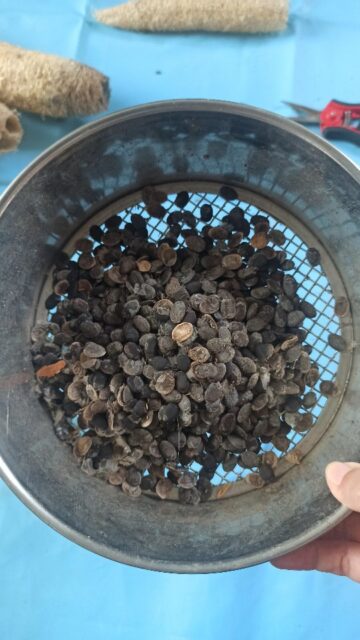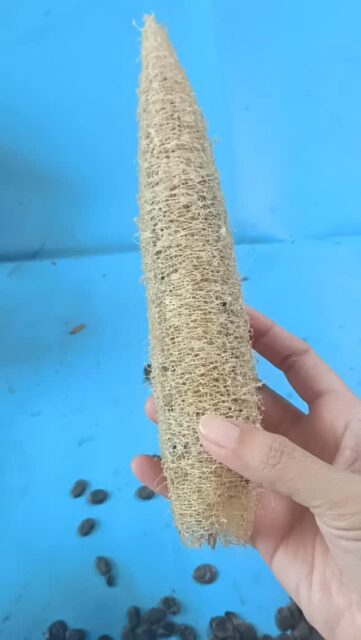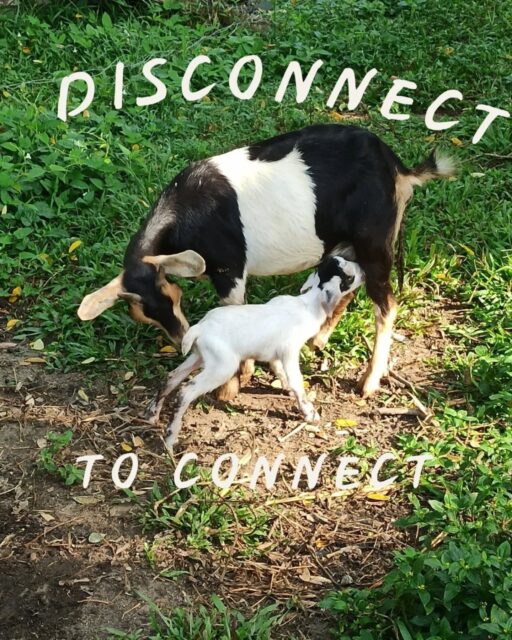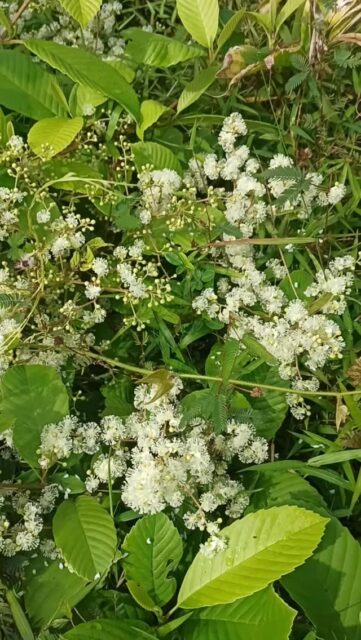Experience
Explore our interconnectedness with nature through various people-plant interactions.
Learn
Join our professional workshops and courses
in horticultural therapy and therapeutic horticulture.
Read
Catch up on published research findings and other writing related to people-plant interactions.

BY WIND AND WAVE (Singapore & Worldwide)
People-plant interactions with Siang Yu Tham 翔宇 🌿Therapeutic horticulture 🌿Permaculture 🌿Trauma-informed 🌿Recovery-oriented 🌿Working with nature![Doing something for the first time can be scary sometimes. Am I doing it right? Will I be good at it? What if I make a fool out of myself?
What if there is no right or wrong way to do it? You'll never know until you try.
[Illegal and unhealthy behaviours not included!]
#therapeutichorticulture #horticulturaltherapy]() Doing something for the first time can be scary sometimes. Am I doing it right? Will I be good at it? What if I make a fool out of myself?
What if there is no right or wrong way to do it? You'll never know until you try.
[Illegal and unhealthy behaviours not included!]
#therapeutichorticulture #horticulturaltherapy2 weeks ago
Doing something for the first time can be scary sometimes. Am I doing it right? Will I be good at it? What if I make a fool out of myself?
What if there is no right or wrong way to do it? You'll never know until you try.
[Illegal and unhealthy behaviours not included!]
#therapeutichorticulture #horticulturaltherapy2 weeks ago![Our short pause in the shade was graced by common tailorbirds and pin-striped tit-babblers. We entered the rainforest and were immediately welcomed by the drop in temperature and the mesmerising greater racket-tailed drongo which went unnoticed by many who sped past us. Thankful for the brief moments of awe. 🐦
#noticingnature #awe]() Our short pause in the shade was graced by common tailorbirds and pin-striped tit-babblers. We entered the rainforest and were immediately welcomed by the drop in temperature and the mesmerising greater racket-tailed drongo which went unnoticed by many who sped past us. Thankful for the brief moments of awe. 🐦
#noticingnature #awe3 weeks ago
Meeting hardness with softness. One of the many lessons we've learned from nature. 🌿🌼☘️🏵️3 weeks ago
It was a meditative morning as we peeled and shook loofahs to save the seeds before washing and drying them. Then comes sorting the seeds - do this in a well ventilated space outside!4 weeks ago
Saving seeds from a cute-sized loofah. One becomes a hundred!!4 weeks ago
Our short pause in the shade was graced by common tailorbirds and pin-striped tit-babblers. We entered the rainforest and were immediately welcomed by the drop in temperature and the mesmerising greater racket-tailed drongo which went unnoticed by many who sped past us. Thankful for the brief moments of awe. 🐦
#noticingnature #awe3 weeks ago
Meeting hardness with softness. One of the many lessons we've learned from nature. 🌿🌼☘️🏵️3 weeks ago
It was a meditative morning as we peeled and shook loofahs to save the seeds before washing and drying them. Then comes sorting the seeds - do this in a well ventilated space outside!4 weeks ago
Saving seeds from a cute-sized loofah. One becomes a hundred!!4 weeks ago![An abundance of pumpkins...in time for Halloween! 🎃
When we work with nature, nature keeps giving.]() An abundance of pumpkins...in time for Halloween! 🎃
When we work with nature, nature keeps giving.1 month ago
An abundance of pumpkins...in time for Halloween! 🎃
When we work with nature, nature keeps giving.1 month ago![Always amazed by how time spent in nature flies by so quickly. In the midst of witnessing a new birth, discovering the growth of plants in a new season and catching up on relationships we value, we disconnected with what's unimportant and truly connected with what creates meaning in our lives.
To experience flow in what we do is to be completely absorbed in the task. Our minds are focused on the present - not on the past or on the future...and not on the digital world!
Will you take a moment to disconnect as well? 🌴]() Always amazed by how time spent in nature flies by so quickly. In the midst of witnessing a new birth, discovering the growth of plants in a new season and catching up on relationships we value, we disconnected with what's unimportant and truly connected with what creates meaning in our lives.
To experience flow in what we do is to be completely absorbed in the task. Our minds are focused on the present - not on the past or on the future...and not on the digital world!
Will you take a moment to disconnect as well? 🌴1 month ago
A new find on a familiar land. Turn up the volume for a beautiful buzz!1 month ago
Always amazed by how time spent in nature flies by so quickly. In the midst of witnessing a new birth, discovering the growth of plants in a new season and catching up on relationships we value, we disconnected with what's unimportant and truly connected with what creates meaning in our lives.
To experience flow in what we do is to be completely absorbed in the task. Our minds are focused on the present - not on the past or on the future...and not on the digital world!
Will you take a moment to disconnect as well? 🌴1 month ago
A new find on a familiar land. Turn up the volume for a beautiful buzz!1 month ago

BY WIND AND WAVE (Singapore & Worldwide)
People-plant interactions with Siang Yu Tham 翔宇 🌿Therapeutic horticulture 🌿Permaculture 🌿Trauma-informed 🌿Recovery-oriented 🌿Working with nature
Wrapped up our final activity of the year! I am humbled and grateful for all the positive feedback after serving 170 clients over the course of a week. The sessions were facilitated in small groups but this is my biggest collective client group thus far. I love the spontaneous display of autonomy and ownership in this short 4-second clip. Clients often enjoy helping us clean up after the session. Apart from these, we had many opportunities for reminiscing, social connections, exercising fine motor skills, and sensory stimulation - all through intentional facilitation. 👁️👂🏽👃🏽👄✋🏽🌻☘️🌼🪴
We'll be spending December doing stocktaking and administrative tasks, and enjoying the festive season! See you in 2026 - and dear mailing list subscribers, look out for our email soon! 😉
#therapeutichorticulture #horticulturaltherapy #naturebasedinteractions
2 days ago
![Doing something for the first time can be scary sometimes. Am I doing it right? Will I be good at it? What if I make a fool out of myself?
What if there is no right or wrong way to do it? You'll never know until you try.
[Illegal and unhealthy behaviours not included!]
#therapeutichorticulture #horticulturaltherapy](https://www.bywindandwave.com/wp-content/uploads/2020/05/581442718_18100399594781210_8179902762774478807_n.jpg)
Doing something for the first time can be scary sometimes. Am I doing it right? Will I be good at it? What if I make a fool out of myself?
What if there is no right or wrong way to do it? You'll never know until you try.
[Illegal and unhealthy behaviours not included!]
#therapeutichorticulture #horticulturaltherapy
2 weeks ago
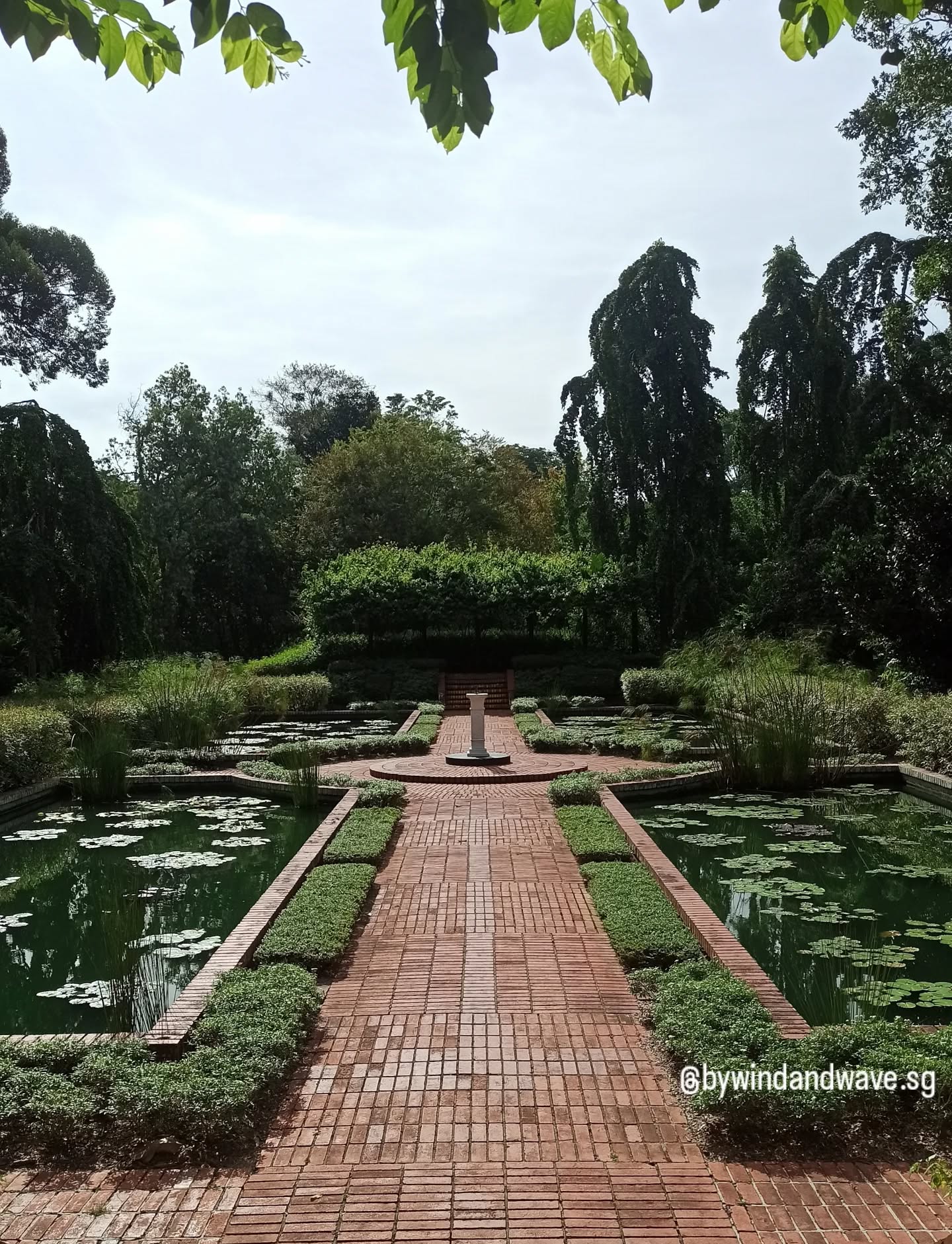
Our short pause in the shade was graced by common tailorbirds and pin-striped tit-babblers. We entered the rainforest and were immediately welcomed by the drop in temperature and the mesmerising greater racket-tailed drongo which went unnoticed by many who sped past us. Thankful for the brief moments of awe. 🐦
#noticingnature #awe
3 weeks ago
Meeting hardness with softness. One of the many lessons we've learned from nature. 🌿🌼☘️🏵️
3 weeks ago
It was a meditative morning as we peeled and shook loofahs to save the seeds before washing and drying them. Then comes sorting the seeds - do this in a well ventilated space outside!
4 weeks ago
Saving seeds from a cute-sized loofah. One becomes a hundred!!
4 weeks ago

An abundance of pumpkins...in time for Halloween! 🎃
When we work with nature, nature keeps giving.
1 month ago
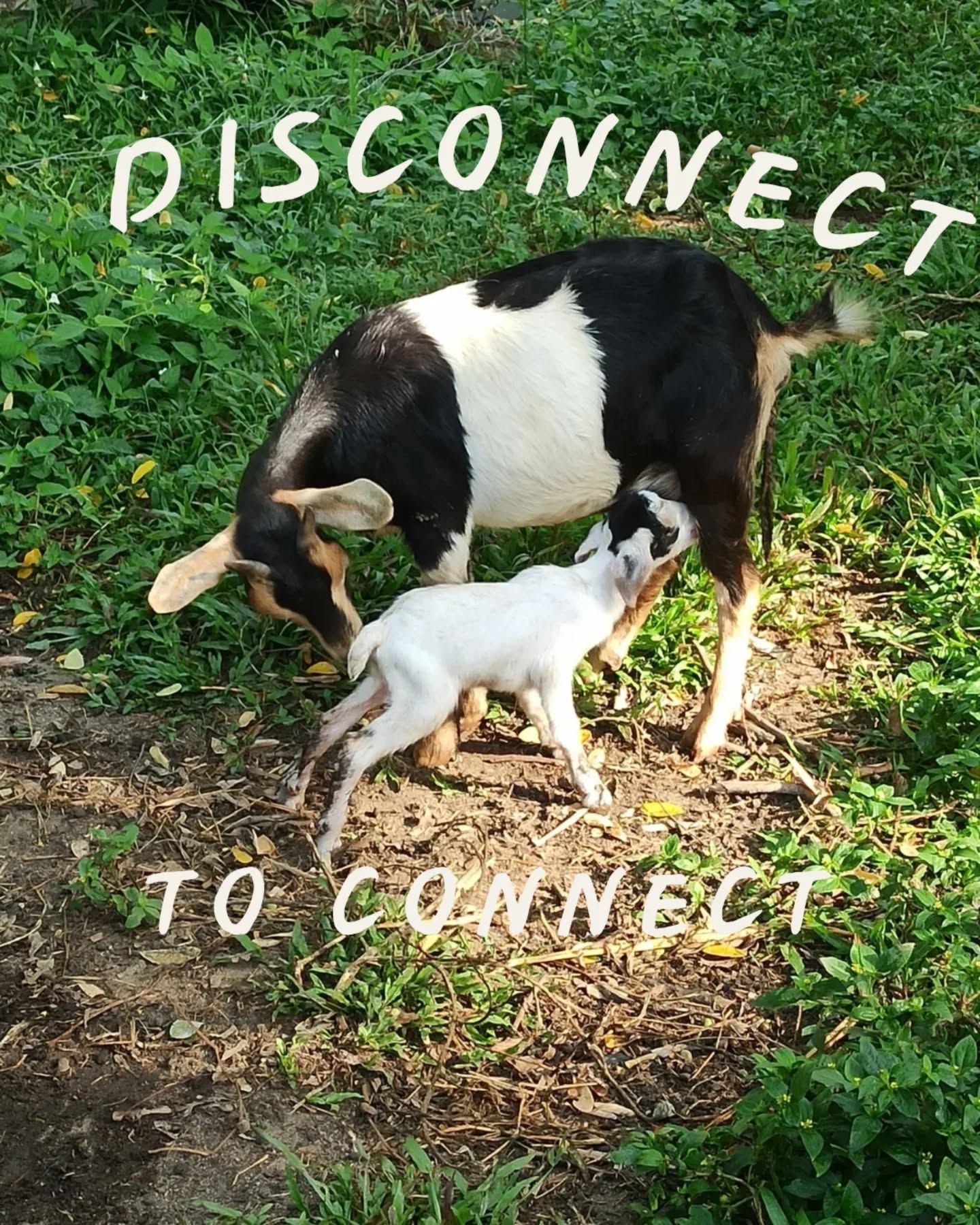
Always amazed by how time spent in nature flies by so quickly. In the midst of witnessing a new birth, discovering the growth of plants in a new season and catching up on relationships we value, we disconnected with what's unimportant and truly connected with what creates meaning in our lives.
To experience flow in what we do is to be completely absorbed in the task. Our minds are focused on the present - not on the past or on the future...and not on the digital world!
Will you take a moment to disconnect as well? 🌴
1 month ago
A new find on a familiar land. Turn up the volume for a beautiful buzz!
1 month ago



![Doing something for the first time can be scary sometimes. Am I doing it right? Will I be good at it? What if I make a fool out of myself?
What if there is no right or wrong way to do it? You'll never know until you try.
[Illegal and unhealthy behaviours not included!]
#therapeutichorticulture #horticulturaltherapy](https://www.bywindandwave.com/wp-content/uploads/2020/05/581442718_18100399594781210_8179902762774478807_n-512x640.jpg)


